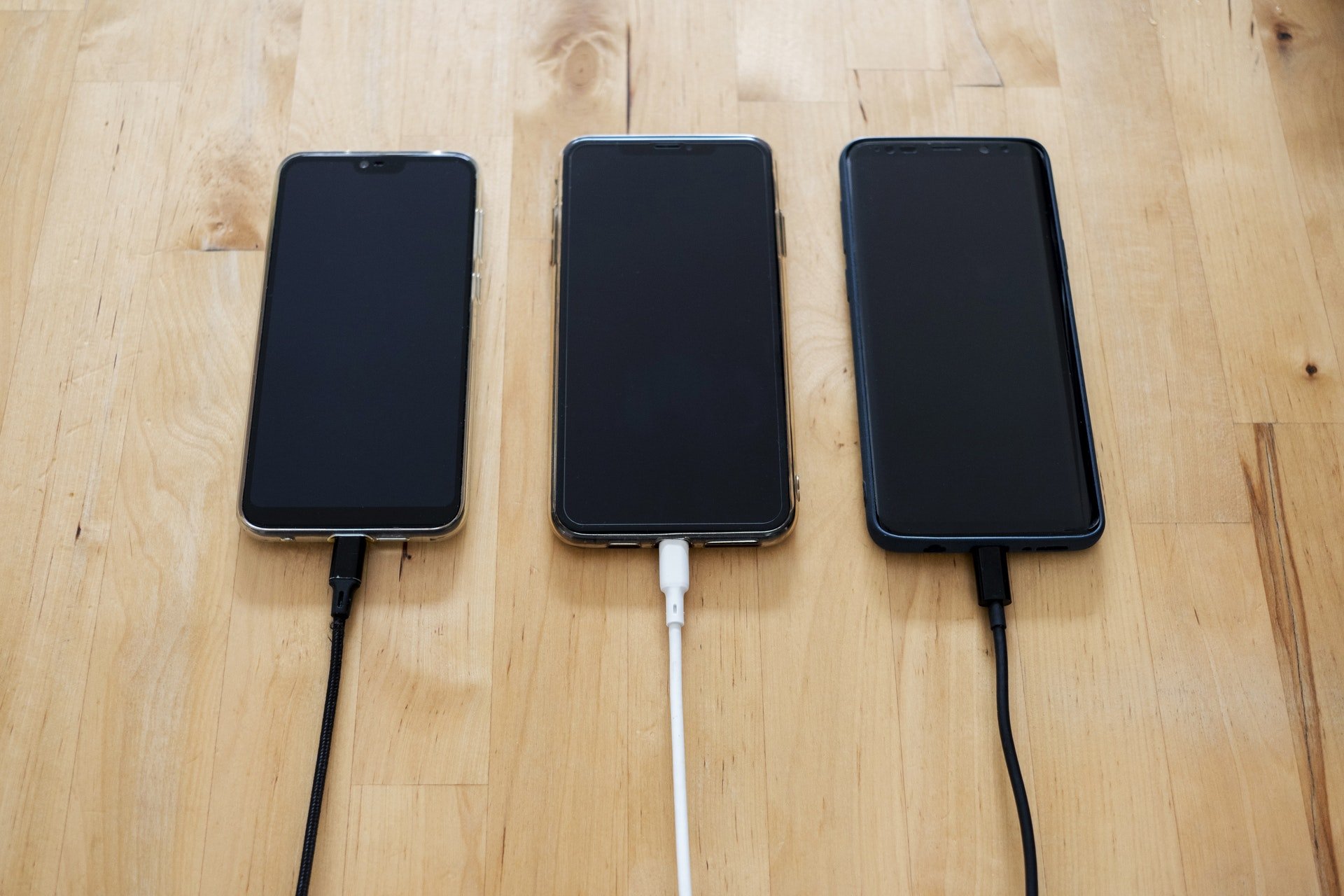
GB 31241 Tests
GB 31241 will become a mandatory standard for China on August 1, 2015 and to date there is not an official English translation available. Since the compliance to the standard can currently be self-declared without any third party certification or in country testing, there are many concerns for customers evaluating their products. Looking specifically at the GB 31241 tests, we know that they are not harmonized with any other standards globally.
There are Chinese versions of the standard as well as unofficial translations available. The translations can be pretty tough to understand in some sections, but Annex C of the standard does a very nice job of laying out the GB 31241 test sequence in a fairly easy to understand manner. First note is that this standard is only applicable to batteries and cells for use in portable electronic equipment that do not weigh more than 18kg. The testing is required at both the cell and battery level. If there is no evidence of compliance of the cell when the battery is tested, then the cell will additionally have to be tested. Additionally, there are a number of tests of the safety circuit that differ based on if the protection is provided in the battery itself or in the host device. Annex C of the standard provides a flow chart to help determine when each set of tests is to be performed. The GB 31241 tests are contained in 6 sections within the standard. Section 6 is Electrical Safety Testing of Cells, Section 7 is Environmental Tests for Cells, Section 8 is Environmental Tests for Batteries, Section 9 is Electrical Safety Tests for Batteries, Section 10 is Safety Requirements for Battery Protection Circuits and Section 11 is Safety Requirements for System Protection Circuits.
GB 31241 tests from Section 10 apply only for products where the protection circuit is within the battery. Section 11 applies only to products where the protective circuit is within the host device. The tests in these sections are performed to verify the proper and continued operation of the protective devices whether they are in the battery or in the host device. The over and under voltage, charge and discharge current and temperature protections are verified. In Section 10 the function of each of the protective limits is verified at the circuit level for 500 cycles. This can be done with the cells in place to exercise the circuit, or with the cells removed from the circuit.
The GB 31241 tests when the protection is in the host device, it is a little more complicated. The cell or battery is not to be installed when the testing is done in accordance with Section 11. These tests are performed to verify that the host device protective circuitry will not allow charge and discharge conditions outside the ratings of the cell or battery. The host device and/or charger that contains the protection circuit will be tested under normal and single faulted conditions. Under both conditions, the allowable current, voltage or temperature is not allowed to exceed the limits set for safety in the cell or battery specifications. The flow chart in Annex C of the standard is shown here and is very helpful in determining what testing needs to be done.
GB 31241 tests that are required at the cell or battery level are fairly straight forward, and while they do not match any existing standards exactly, they do pull similar requirements from a number of them. For example, there are some sequencing requirements for both the cell and battery environmental testing, and they are consistent with the UN 38.3 tests with the exception of the sample counts. The GB 31241 tests only required 3 samples per test unless otherwise stated. The cell level testing requires T1-T5 testing on 3 samples while the battery level requires only T1-T4 testing on the same 3 packs. One unique requirement of these tests that will not allow you to re-use data from UN 38.3 testing is that the GB 31241 tests require the batteries to complete a charge and discharge cycle between each of the T1-T4 type tests.
A full list of the testing that is required per GB 31241 for cells are as follows, with 3 samples per test:
- External Short Circuit at Room Temperature
- External Short Circuit at High temperature
- Overcharge
- Forced Discharge
- Low Pressure (Altitude Simulation) (Sequential)
- Temperature Cycling (Sequential)
- Vibration (Sequential)
- Acceleration Shock (Mechanical Shock) (Sequential)
- Free Drop (Free fall/drop)
- Extrusion (Crush)
- Heavy Body Impact
- Thermal Abuse
- Combustion and ejection (projectile)
These tests are all identical to tests from existing standards, but this is the only standard to include all of them. Additionally, if the cell is a non-user replaceable (embedded) cell, then it will need to complete the additional environmental test from the battery section (items 1-9 below) with the cell installed in the host device.
A full list of GB31241 tests that are required for a battery are as follows, with 3 samples per test:
- Low Pressure (Sequential)
- Temperature Cycling (Sequential)
- Vibration (Sequential)
- Acceleration Shock (Sequential)
- Free Drop
- Stress Relief
- High Temperature
- Water Washing (with some exceptions)
- Requirements for Flame Retardant
- Overvoltage Charging
- Overcurrent Charging
- Under-Voltage DisCharging
- Overload
- Short Circuit
- Reverse Charging
- Static Discharging (ESD)
Some of these tests are unique to this standard, but several are identical to existing tests from existing battery standards.
One notable requirement is that per paragraph 8.9.2 (under Requirements for Flame Retardant) – “Fire enclosure shall be used as the case of battery.” There is allowance for shrink tubing and label wrapped batteries as long as the material used to enclose a user replaceable battery are V-1 or better, including VTM-1 or better. For a non-user replaceable battery, the materials will need to be V-2 (VTM-2) or better. Additionally, the PCB shall be V-1 or better. Finally, any insulating materials will need to be V-1 or better.
The GB 31241 tests are a very comprehensive set of tests that seem to pull from existing standards globally as well as generate a couple of new tests for batteries. They are intended to encompass both cells and batteries and address removable and non-removable batteries. Testing of not only the cell and battery is taken into account, but also the operation of the protective circuit whether it is in the battery or the host device. Material and component ratings and certifications are also considered and applied with this standard. Currently self-declaration is allowed, but even though the test program is similar to other standards there is a considerable amount of unique requirements that would need to be addressed.






